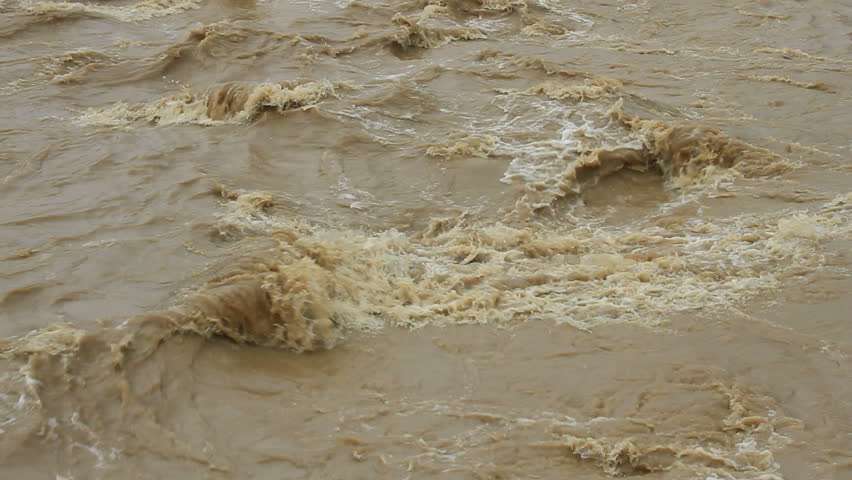
Muddy water doesn’t scare me. In fact, I like fishing water that most anglers would consider muddy.
I like it so much I will run away from clear water to find a dirtier clarity that suits my interests.
What do I consider muddy? Well, if I lose sight of my spinnerbait after it drops below 6 inches, that’s off color. If I lose it after an inch drop, that’s muddy.
Here’s why: In clear water, the part of the water column where fish are feeding is large. If the water is clear to 20 feet, they can be anywhere from a foot to 50 feet down. But in muddy water, you will find the fish in 5 feet or less.
Dirty water moves aggressive fish into a smaller area, and I don’t have to figure out where they are. I know they will be in the 1- to 5-foot depths.
The only type of muddy water I won’t fish is the kind that just came into the lake. If it is rolling and you can see the mud turning on itself, that’s bad.
If the water is stable and muddy, the fish will use it.
In stable muddy water, I look for areas that are clearing faster than the rest. Muddy water is usually associated with high water, so I look for filtration areas in that flooded area that might give me an inch or two of visibility. That might be behind a weed bed, timber or bushes. You also may find it right next to the bank or a few feet off the bank.
Another example is in the back of creeks a couple days after an influx of water. The water clarity there will settle down somewhat while the rest of the lake may be rolling with mud. The first areas to clear are those where the mud initially came in.
Another good area is the edge where muddy water mixes with clearer water. It’s like a current break on a river or a windy point. The fish will set up on that edge and feed on baitfish that are there to feed on microorganisms that are being washed into the lake.
Bait selection boils down to which sense the fish are using. In clear water, the fish feed by sight. But in muddy water, they are using their lateral lines. You have to use a lure that displaces water, such as a flat crankbait or spinnerbait. The fish in that dirty water become accustomed to feeling things moving around them.
So the next time your lake gets muddy, don’t panic; go look for those slightly clearer areas or where the dirty water is stable in shallow water.





